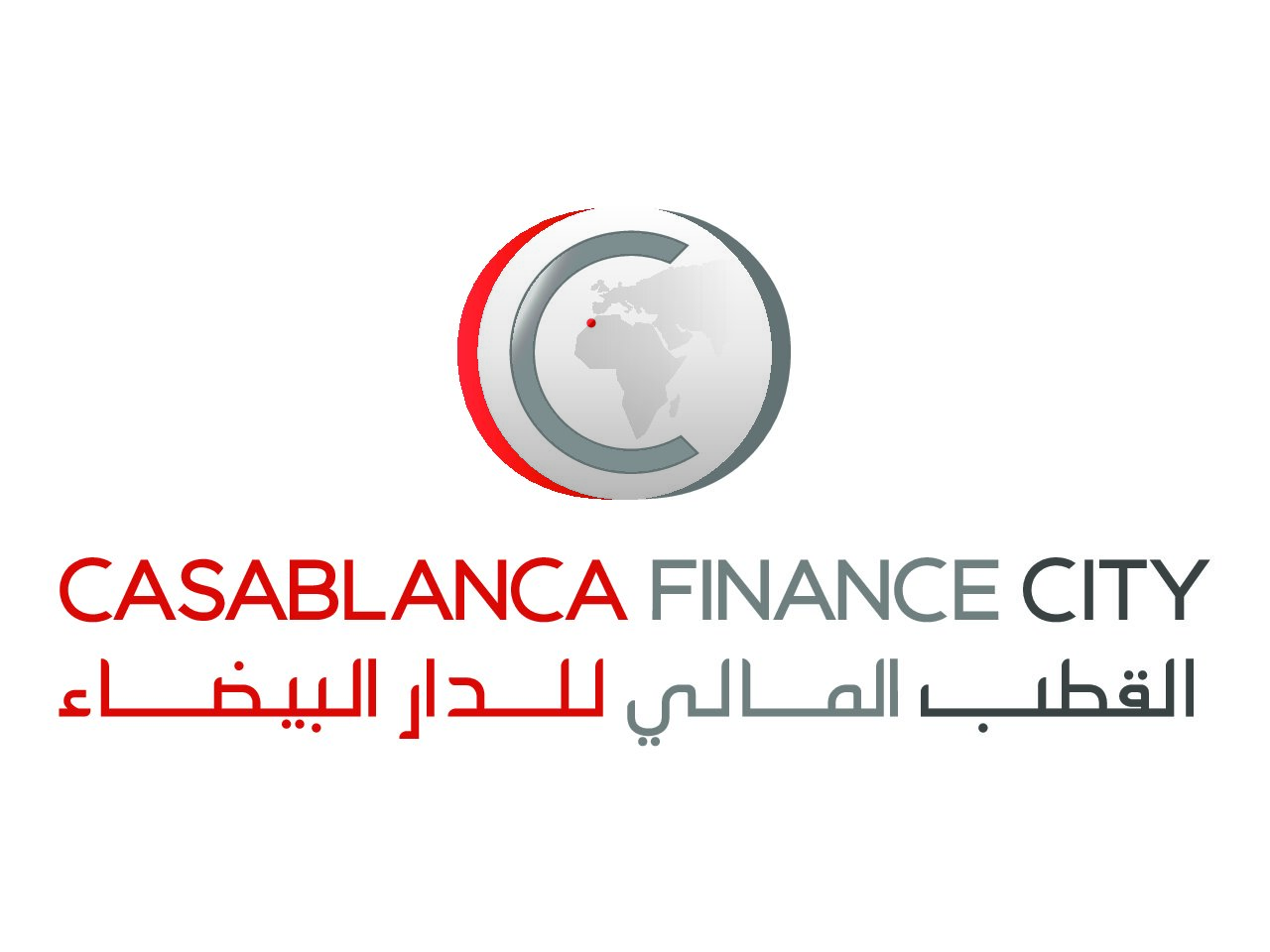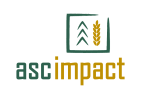Libya’s Mining Sector
Libya, a country rich in natural resources, has a mining sector that is yet to reach its full potential.
The sector, while currently underdeveloped, holds significant promise for economic development.
This article delves into the current state of the mining sector in Libya, its challenges, and opportunities.
We will also explore how resource extraction can contribute to Libya’s economic diversification efforts.
“
Libya’s Geographical and Geological Overview
Libya, located in North Africa, is known for its vast desert landscapes.
This geographical setting is rich in mineral resources, offering a diverse range of extraction opportunities.
The country’s geological makeup includes significant deposits of gypsum, limestone, and salt.
There are also indications of the presence of gold and other metals, yet to be fully explored.
“
Historical Context of Mining in Libya
Historically, Libya’s economy has been heavily reliant on oil.
The mining sector, in contrast, has remained largely underdeveloped.
This is despite the country’s rich mineral resources, which have been largely untapped.
Efforts are now underway to diversify the economy and develop the mining sector.
Current State of the Libya Mining Sector
The current state of the mining sector in Libya is one of potential.
The country is rich in minerals like gypsum, limestone, and salt.
There are also indications of gold and other precious metals.
However, political instability and lack of infrastructure have hindered development.
Despite these challenges, there are signs of progress.
Several international companies have shown interest in Libya’s mining sector.
Key developments include:
- Increased exploration activities
- New mining regulations
- Investment in mining infrastructure

Key Minerals and Resources in Libya
Libya is home to a variety of minerals and resources.
The most abundant include gypsum, limestone, and salt.
These are used in construction and chemical industries.
There are also indications of gold and other precious metals.
Exploration activities are ongoing to confirm their presence.
Key minerals and resources include:
- Gypsum
- Limestone
- Salt
- Potential gold and other precious metals

Economic Diversification and the Role of Mining
Libya’s economy has long been dependent on oil.
However, diversification is now a key focus.
The mining sector is seen as a potential driver of this change.
With its rich mineral resources, mining could significantly contribute to Libya’s GDP.
This could also lead to job creation and skill development, boosting the overall economy.
Challenges Facing Libya’s Mining Sector
The mining sector in Libya faces several challenges.
Political instability is a major issue.
This has led to a lack of security, affecting mining operations.
Infrastructure is another challenge.
Poor road networks and limited access to ports hinder resource transportation.
Regulatory issues also pose a problem.
- The legal framework for mining is not well-defined.
- There is a lack of transparency in resource extraction.
- Land rights and ownership issues in mining areas are unresolved.
These challenges need to be addressed for the mining sector to thrive.
Opportunities for Investment and Growth
Despite the challenges, Libya’s mining sector offers opportunities.
The country is rich in minerals like gypsum, limestone, and salt.
There is also potential for gold and other metals.

Foreign investors can tap into these resources.
Partnerships with local companies can be beneficial.
With the right investment, Libya’s mining sector can contribute significantly to economic development.
Legal and Regulatory Framework
Libya’s mining sector is governed by laws and regulations.
The National Oil Corporation plays a key role.
However, the legal framework needs updating to attract more investment.
Efforts are underway to improve the regulatory environment.
Environmental and Sustainable Mining Practices
Environmental concerns are vital in Libya’s mining sector.
Sustainable practices are being promoted to minimize damage.
However, more work is needed to fully integrate these practices.
The potential for renewable energy in mining is also being explored.
The Future of Mining in Libya: Prospects and Potentials
The future of Libya’s mining sector holds promise.
With the right policies and investments, it could become a key economic driver.






























